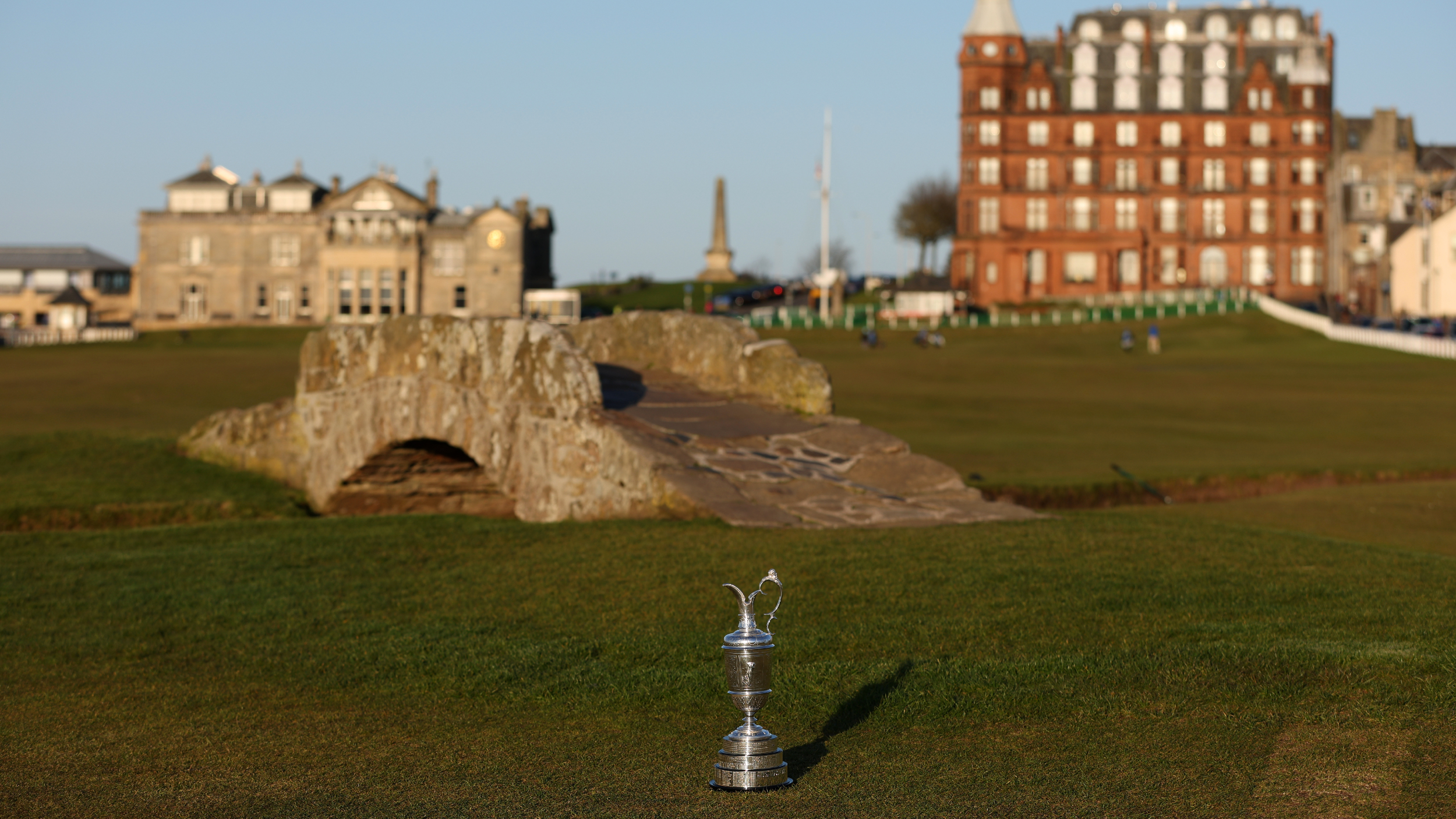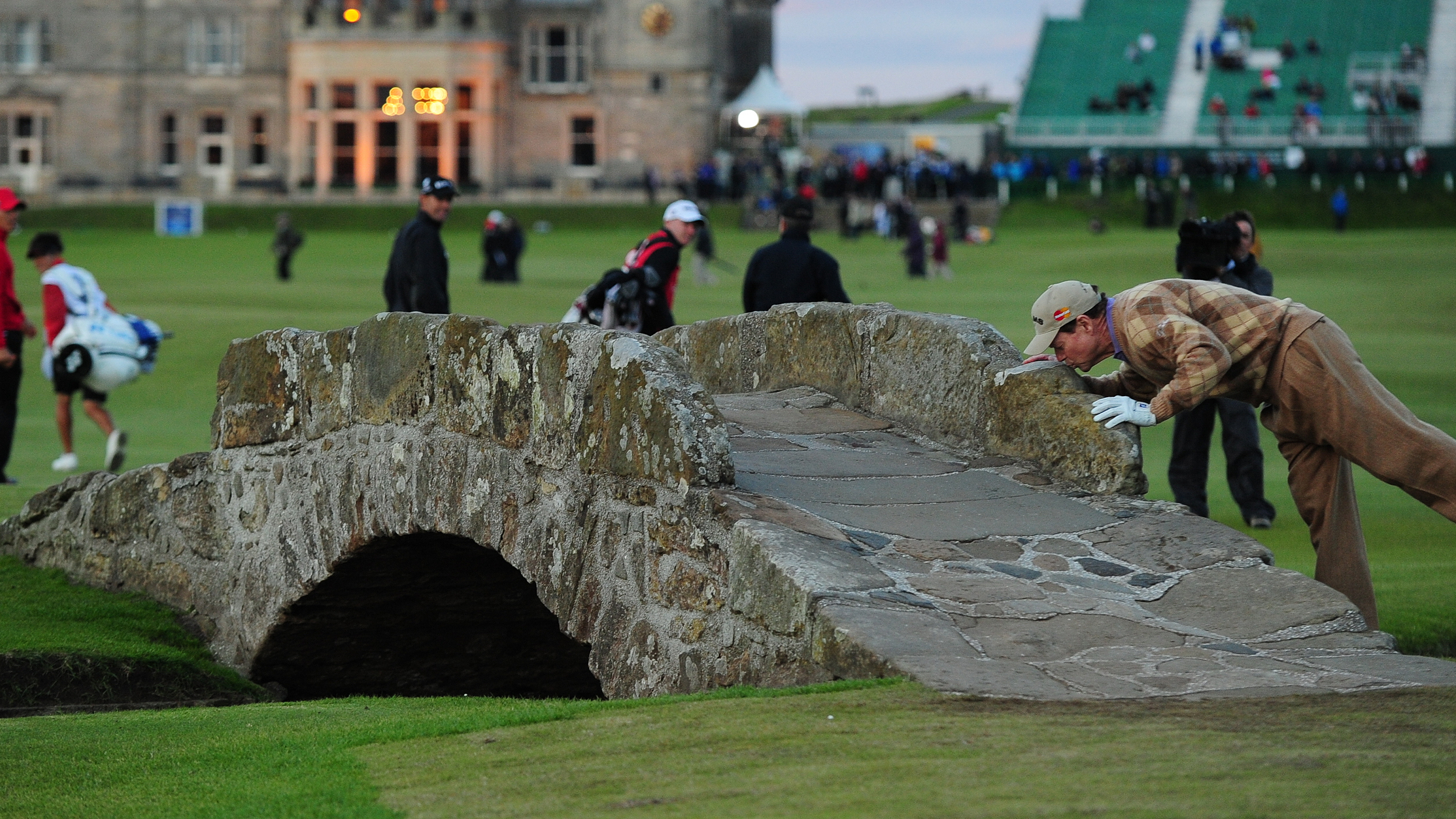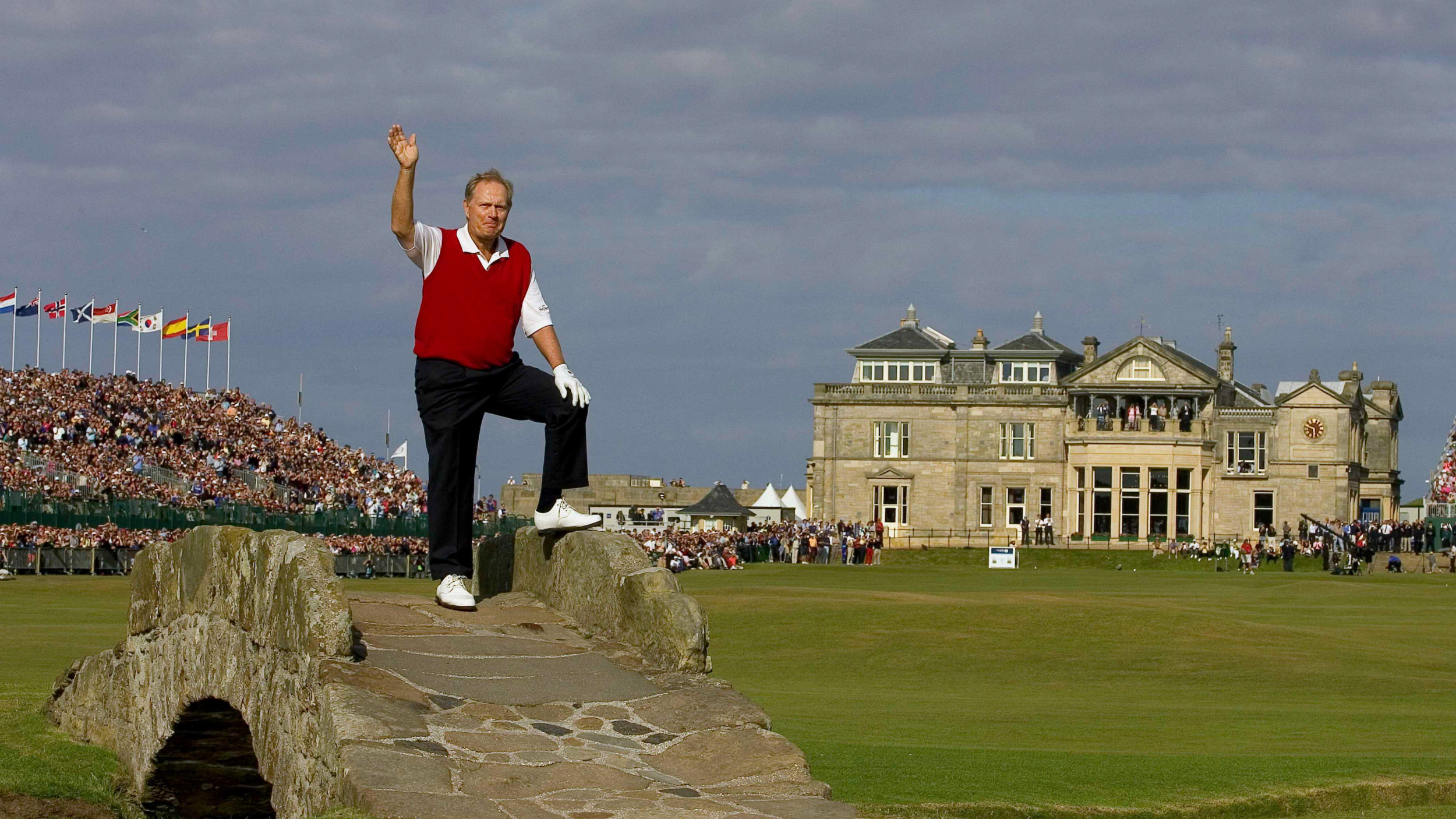What Is The Swilcan Bridge?
The Old Course bridge is one of the most iconic sights in the game, but what’s its background?


When you think of The Old Course at St Andrews, any number of images can come to mind - vast, expansive fairways, huge and perilous bunkers, or how about the world-famous and historic R&A Clubhouse building?
While each of these is woven into the fabric of the Grand Old Lady, at least equally iconic is the small stone bridge spanning the Swilcan Burn that runs between the first and 18th fairways.
While it’s indelibly linked to the sport, and it was once even known as The Golfers’ Bridge, The Swilcan Bridge was actually built long before Old Tom Morris redesigned the first and 18th holes as they’re recognised today. In fact, golf has been played at the site for some 600 years, while The Swilcan Bridge is thought to have been built around one or two centuries before that as a means of helping shepherds take livestock over the burn.

First-time players on The Old Course may be struck by just how small the bridge is, at only 30 feet long, eight feet wide and six feet tall. Nevertheless, it is extremely photogenic with its easy-on-the-eye Roman arch wowing anyone who sees it against the backdrop of – depending on your vantage point – the architectural marvels of the clubhouse and Hamilton Grand apartment building or the gently rolling hills disappearing towards the North Sea.
Players often pay homage to the bridge in their own ways, too. Arnold Palmer waved farewell from it, not once, not twice, but three times. A fedora-bedecked Sam Snead danced across it in 2000. A decade after that, Tom Watson kissed it, while between those occasions, it’s also where Jack Nicklaus bowed out of the professional game in 2005. The Golden Bear propped his left leg on the arch and waved to the crowd before striding the fairway wiping tears from his eyes and, inevitably, finishing with a birdie on the 18th.

Undoubtedly, more legendary moments will unfold at The Swilcan Bridge in the years, decades and even centuries to come. After all, it is one of those rare, mysterious landmarks that demands your attention, even with its quiet, unassuming presence. At a course where a sense of reverence and history is present in every step, The Swilcan Bridge stands apart.
Where Is The Swilcan Bridge?
The Swilcan Bridge spans the burn that winds between the first and 18th fairways at The Old Course, St Andrews. The bridge has marked the scene of many memorable moments in the sport, including 18-time Major winner Jack Nicklaus' retirement from professional golf in 2005.
How Old Is The Swilcan Bridge?
There isn't a precise date for when The Swilcan Bridge was built, but it is estimated to be between 700 and 800 years old. Originally, it was built to help shepherds take their livestock over Swilcan Burn and was later known as The Golfers' Bridge.
Get the Golf Monthly Newsletter
Subscribe to the Golf Monthly newsletter to stay up to date with all the latest tour news, equipment news, reviews, head-to-heads and buyer’s guides from our team of experienced experts.

Mike has over 25 years of experience in journalism, including writing on a range of sports throughout that time, such as golf, football and cricket. Now a freelance staff writer for Golf Monthly, he is dedicated to covering the game's most newsworthy stories.
He has written hundreds of articles on the game, from features offering insights into how members of the public can play some of the world's most revered courses, to breaking news stories affecting everything from the PGA Tour and LIV Golf to developmental Tours and the amateur game.
Mike grew up in East Yorkshire and began his career in journalism in 1997. He then moved to London in 2003 as his career flourished, and nowadays resides in New Brunswick, Canada, where he and his wife raise their young family less than a mile from his local course.
Kevin Cook’s acclaimed 2007 biography, Tommy’s Honour, about golf’s founding father and son, remains one of his all-time favourite sports books.
-
 Rory McIlroy's Sports Psychologist Explains Why He 'Didn't Talk' To Bryson DeChambeau In Masters Final Round
Rory McIlroy's Sports Psychologist Explains Why He 'Didn't Talk' To Bryson DeChambeau In Masters Final RoundDeChambeau raised eyebrows at Augusta National when claiming that McIlroy wouldn't engage in conversation during the final round of The Masters
By Jonny Leighfield
-
 RBC Heritage 2025 Picks, Odds And Predictions
RBC Heritage 2025 Picks, Odds And PredictionsAfter a thrilling week at The Masters, the PGA Tour returns to Harbour Town Golf Links and the fifth Signature Event of 2025
By Matt Cradock